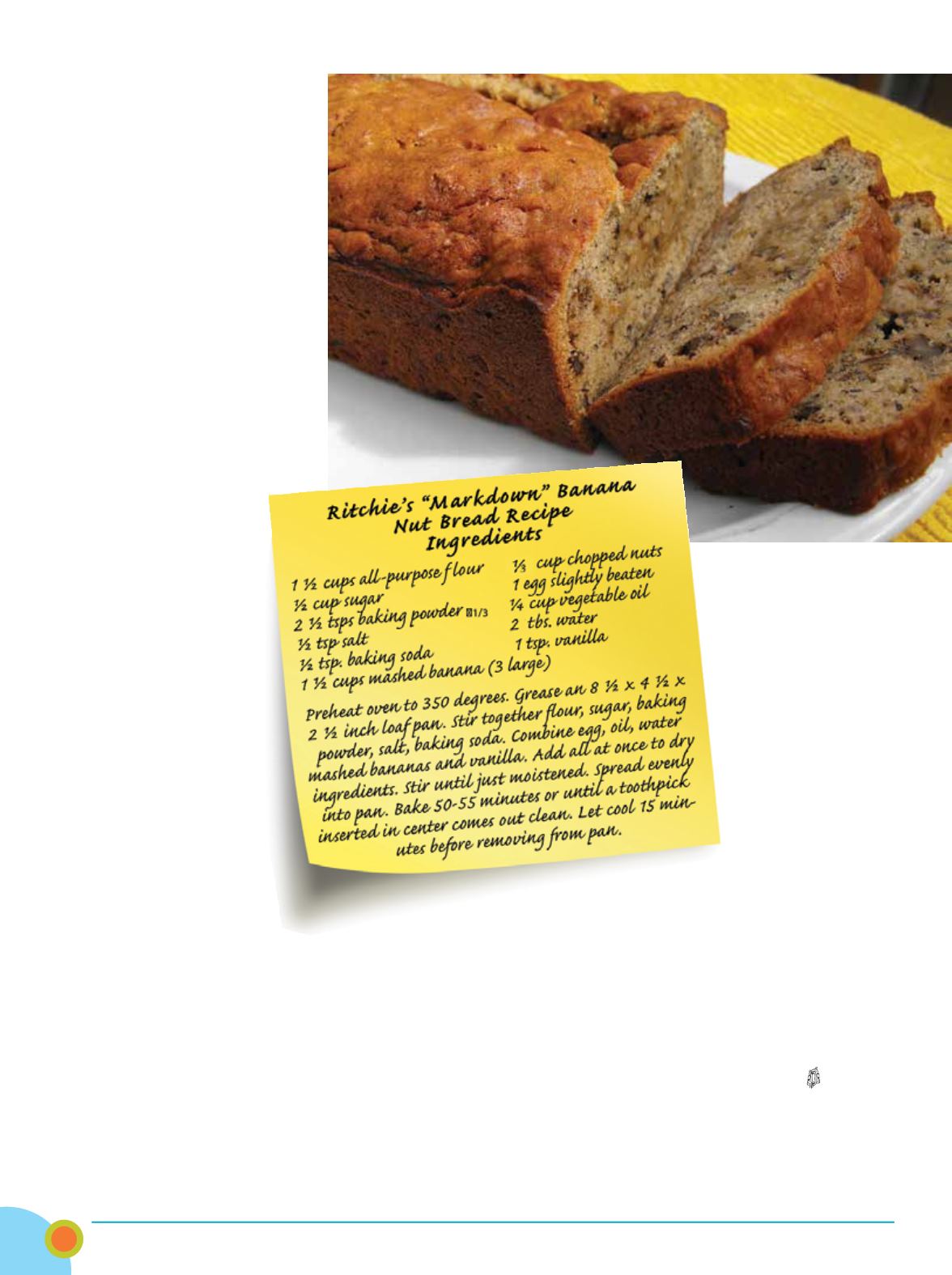

“panic” markdown. This type
of markdown generally occurs
when a retailer becomes wor-
ried about a lack of traffic or
needs cash and typically over-
reacts by temporarily marking
down the entire store, line or
category. No real thought is
given to margin outcome or
resulting inventory balance.
This is truly an example of a
ready, fire, aim approach to
markdowns.
Even worse than having
no markdown strategy is the
store that waits until the sea-
son is over on seasonal mer-
chandise and simply decides it
would be more cost effective
to “carryover” the inventory in
lieu of marking the merchan-
dise down and moving
it out. Although there
are examples where
this strategy may be
acceptable, it is far
from an ideal situation
on a consistent basis,
as it reduces turnover
and ties up cash.
There are too many
variables to be overly
specific, so I will only
share one general ca-
dence for purposes of
example only.
• In-season mark-
downs.
Taken after
merchandise has
been offered for sale
for a predetermined
time with limited ac-
tivity. 20% off in-sea-
son might be sufficient
to accelerate sales and
prevent greater mark-
downs if not acted upon
until late in the season.
• First clearance reduction
might be one third off. Sales will
spike after the markdown is first
taken and then plateau or fall off
until further reductions are made.
• The next markdown
in the se-
quence might be 40 percent or
50 percent off depending on the
merchandise and how aggressive
the merchant is. The time to take
this reduction is maybe 10 days
to two weeks after the initial
clearance markdown is taken.
Sales will again spike and then
level off signally the time for
round three, the final clearance.
• The final clearance
can be eas-
ily identified when you see ads
that say 75% off or “take 20% off
the previous markdown” or “val-
ues to $150, now $49.90 saving
up to $100” or BOGO (buy one,
get one). In some cases, the final
markdowns are now
transferred to a mark-
down room or area
within the store where
even greater reduc-
tions will be taken
until all the items are
sold (red dot, blue
dot, green dot, etc).
Stores that man-
age this sequence
effectively will actu-
ally buy off-price
specifically for this
area as they may
have customers
that frequent the
sale area.
The example above is generic
and will vary from retailer to retail-
er and by type of merchandise. All
retailers should develop a thorough
understanding of the lifecycle of
merchandise and consistently prac-
tice active markdown management.
Those that choose not to may end
up with … banana bread.
Ritchie Sayner is vice president
of business development RMSA
Retail Solutions,
www.rmsa.com.To follow him on Facebook, go to
www.facebook.com/RitchieSayner.
Inside
Outdoor
|
Summer
2016
36
















